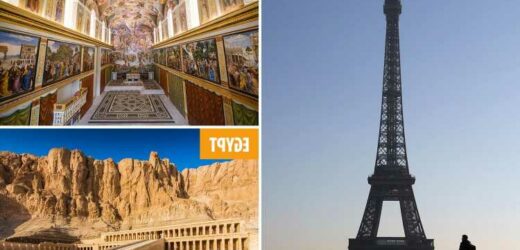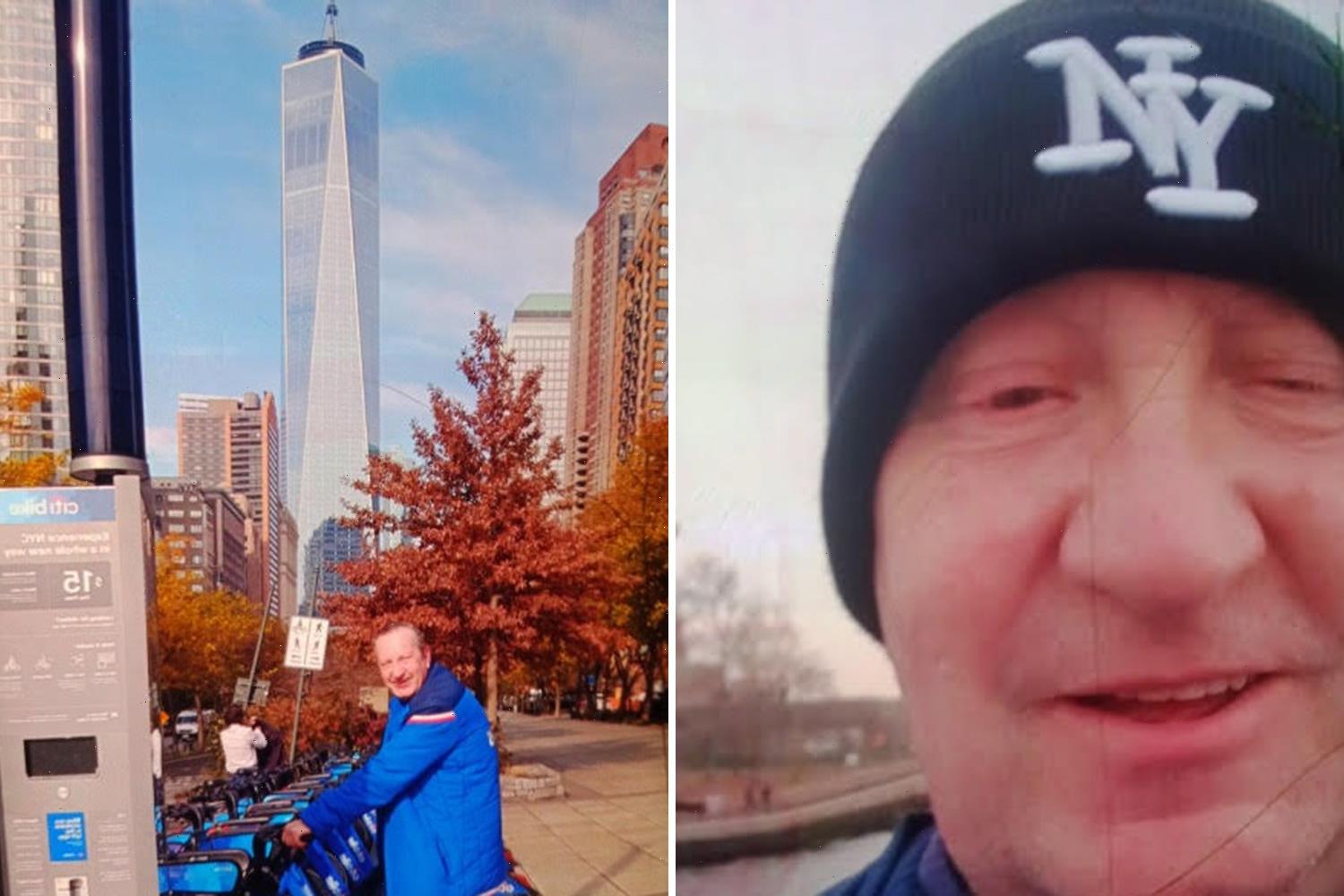MOST holidays are nothing without taking the best selfies and Instagrammable shots to be shared on social media.
Some tourist attractions, however, have banned people from taking pictures, and flouting the rules could get you in trouble.
While some attractions have banned photographs to protect the exhibits, especially from flash photography, others have different reasons.
Some cite the act of taking photographs as inappropriate if they are a religious place, while others have said tourists are being too disrespectful.
We've rounded up some of the tourist attractions where your phone will have to stay in your pocket.
Risk taking a photograph and you could face huge fines.
Sacré Coeur, France
The famous Sacré Coeur in Paris bans visitors from taking photographs due to others wanting to pray there.
As a Roman Catholic church – built in 1914 – it remains a holy area.
The website states they wish to "preserve an appropriate atmosphere for prayer" – flout the rules and you'll be kicked out.
Sistine Chapel, Italy
The Sistine Chapel doesn't allow any photography, including of the iconic ceiling painted by Michelangelo, to try and prevent it from any damage.
However, that isn't the only reason – the 20-year renovation works were funded by Japanese TV channel Nippon who now have exclusive rights to the artwork, according to Mental Floss.
Despite their license to the paintings having expired, the ban remains in place and you will be publicly shamed if caught and removed from the chapel.
Valley of the Kings, Egypt
Egypt's photography ban at the Valley of the Kings is to protect the structures.
While it is still in place for group tourists, the attraction now offers photo permits, which allows guests to take non-flash images.
Be warned – if you try to take photographs without out, security could threaten you with jail time.
Gion Street, Japan
Tourists in Japan are being warned to stop taking photographs in the Gion district in Kyoto.
Fines up to £70 could be issued after a number of harassment claims against geishas in the area.
Some of the working geishas claim they have been followed and chased down the streets, leading to the strict ban.
Van Gogh Museum, Amsterdam
Many museums are banning photographs altogether, even if it just the flash which can damage artwork.
The Van Gogh Museum in Amsterdam is one of the few to not allow guests to take pictures of the artwork.
Instead, visitors can take pictures in the Entrance Hall or at the designated 'selfie walls'.
Sedlec Ossuary, Czechia
One of the most recent attractions to ban photographs, Sedlec Ossuary in Czechia is also known as the Bone Church with approximately 70,000 human skeletons.
Last month, the ban was introduced after tourists were accused of a lack of respect, such as taking the bones off the walls or 'dressing them up' for pictures.
To get pictures, you need to get permission three days in advance from the parish.
Mai Khao Beach, Thailand
A popular beach in Thailand has warned tourists who take photographs that they could face jail-time if caught distracting the plane.
Mai Khao Beach in Phuket is a popular selfie location due to its proximity to the airport, meaning extremely low-lying planes.
The ban follows a number of deaths caused by the low landing planes including a British tourist.
Anne Frank House, Amsterdam
Another spot in Amsterdam which bans selfies and photographs is the Anne Frank House.
The museum has the rule to both protect the artefacts in the attraction as well as to avoid distracting others who are there to reflect.
Head to the cafe or the streets to get pictures of the Anne Frank House exterior instead.
Hanoi train street, Vietnam
A street in Hanoi has banned tourists from taking selfies after they were risking their lives in front of a slow moving train that runs through it.
The famous 'train street' in the old quarter has issued the ban after a train was forced to make an emergency stop due to the abundance of tourists.
Signs and barriers now warn visitors to not take photographs on the tracks with police blocking Instagrammers from entering.
Eiffel Tower, France
Tourists may not be aware that taking photographs of the Eiffel Tower at night is against the law.
The famous light show is copyright protected as it was created by the Société d’Exploitation de la Tour Eiffel (SETE).
However, you can still take photographs in the day – and there has never been any arrests for visitors who take night time photos.
Most read in travel
JAB AND GO The countries you need a Covid booster jab to enter
Greece & Turkey snow travel warning as flights cancelled and roads blocked
Family holiday warning – kids who had Covid without PCR test face travel ban
Balearic and Canary Islands tighten Covid rules – with clubs at 25% capacity
Some destinations have banned tourists altogether – such as Uluru in Australia which no longer lets people climb it.
A group of islands in Spain want to have a cap on tourists in a bid to preserve them – which has been slammed as"ridiculous" by experts.
Tourists are risking their lives to get the best selfies, often hanging over sheer drops.
Source: Read Full Article

















